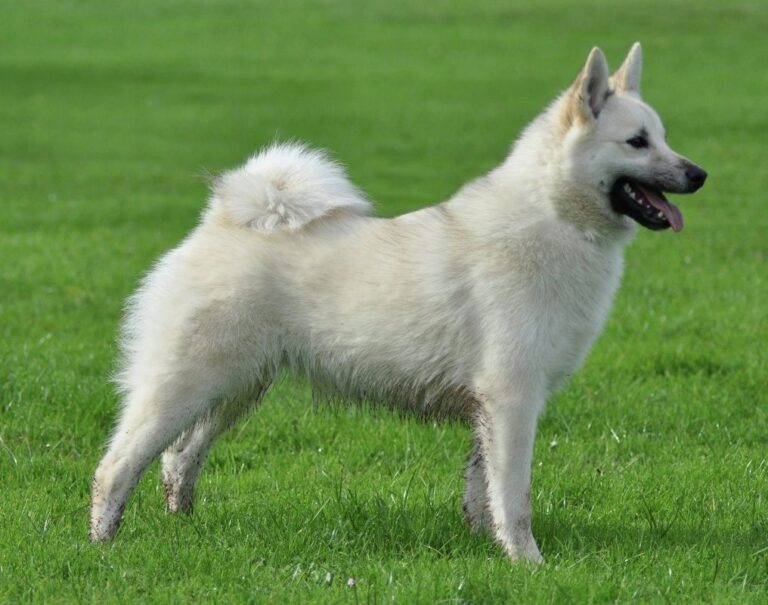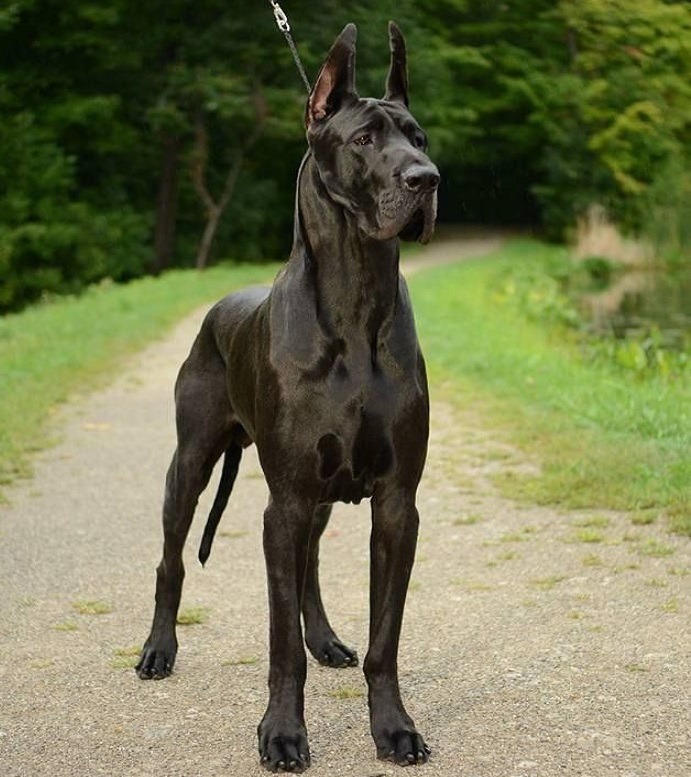Boxers with a tail represent a captivating divergence from the traditional image of the breed, offering a refreshing glimpse into their natural form. In contrast to the cropped ears and docked tails historically associated with boxers, these dogs showcase the elegance of an undocked tail, adding a new dimension to their already charismatic presence. As attitudes towards cosmetic alterations in dogs evolve, the resurgence of interest in boxers with natural tails highlights a growing appreciation for the breed’s innate beauty and integrity. Embracing boxers with a tail not only celebrates their natural heritage but also promotes ethical breeding practices and underscores a commitment to the well-being of these beloved companions.
Physical Characteristics of Boxers with Tails
Boxers are a popular breed with playful and energetic nature. While many Boxers are born with docked tails, there is a growing trend towards keeping their tails intact. Here are some key physical characteristics of Boxers with tails:
Tail Length and Shape
Boxers with tails typically have long, muscular tails that taper to a point. The length of their tails can vary, with some Boxers having longer tails that curl slightly at the end. The shape of their tails adds to their overall appearance and can give them a more balanced and natural look.
Tail Wagging Behavior
One of the most noticeable differences in Boxers with tails is their tail wagging behavior. Boxers are known for their expressive wagging tails, which can indicate their mood and emotions. Boxers with tails have a full range of motion and can wag their tails more freely compared to those with docked tails. This can make their body language more easily understood by their owners and other animals.
Impact on Communication
The presence of a tail can have a significant impact on a Boxer’s ability to communicate with other dogs and humans. The wagging of their tail can signal friendliness, excitement, or even aggression. Boxers with tails have an advantage in non-verbal communication, as their tails can convey their emotions more effectively. This can lead to better interactions with other dogs and a deeper bond with their owners.
Overall, understanding the physical characteristics of Boxers with tails can help owners appreciate the natural breed variation and enhance their relationship with their furry companions.
Historical Perspective on Boxer Tail Docking
Reasons for Docking
Historically, people believed that tail docking in boxers prevented injuries during hunting and working activities. They believed that a shorter tail would reduce the risk of it getting caught on branches or other obstacles. Additionally, some believed that docking the tail would improve the boxer’s overall agility and speed.
Legality and Ethical Concerns
In recent years, there has been a growing concern over the practice of tail docking in boxers and other dog breeds. Many countries have banned or restricted the practice of tail docking, citing animal welfare concerns. Some argue that docking a dog’s tail is considered a painful procedure and is unnecessary, potentially leading to long-term health issues for the dog.
Shift in Breeder Practices
As a result of increased awareness and changing attitudes towards tail docking, many breeders are now choosing to leave boxers’ tails intact. This shift in breeder practices reflects a growing understanding of the natural breed variation among boxers and a desire to prioritize the health and well-being of the dogs.
Overall, the historical perspective on boxer tail docking highlights the evolution of breed standards and the importance of considering ethical and legal concerns when it comes to the well-being of our canine companions.
Health and Welfare Considerations
Risk of Tail Injuries
One of the main concerns for boxers with a tail is the risk of tail injuries. The tail is a vulnerable part of the body prone to getting caught or injured during play, exercise, or even vigorous wagging. Tail injuries can be painful for the dog and may require medical attention to heal properly.
Behavioral Implications
The presence of a tail can also have behavioral implications for boxers. Tails play a crucial role in communication among dogs, and boxers with a tail may use it to express their emotions and intentions. Without a tail, these dogs may struggle to communicate effectively with other dogs, potentially leading to misunderstandings or conflicts.
Regulatory Standards
In some countries or regions, there are regulatory standards in place regarding the docking of tails in dogs. Breeders and owners of boxers with a tail need to be aware of these standards and ensure that they are in compliance with the law. Failure to do so could result in fines or other penalties.







